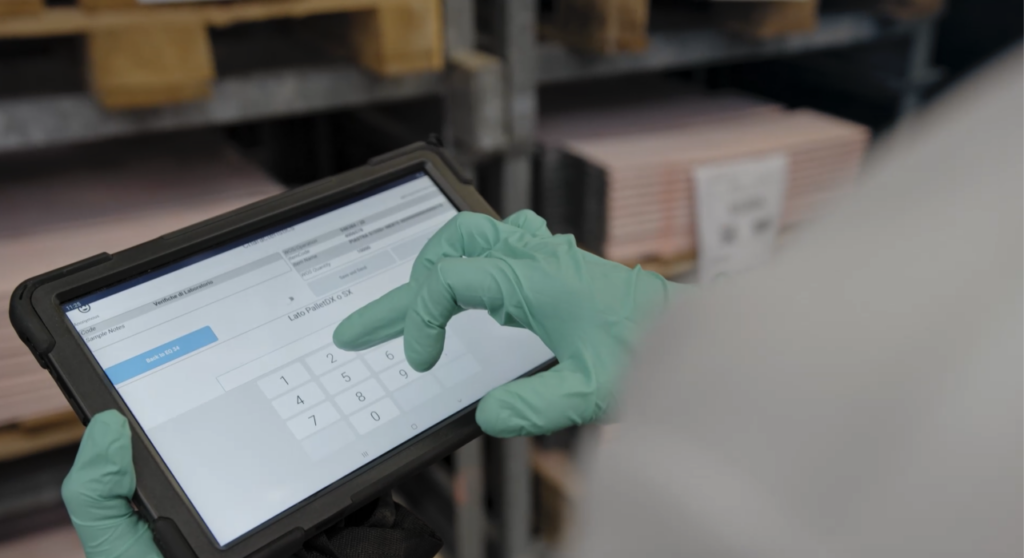How to deal with Covid-19 during the post emergency

Covid-19 is having a strong impact on companies and individuals, to the point that the production focuses on recovery capacity and social-distancing. Therefore, it became essential to implement strategies that allow manufacturing companies to acquire flexibility and ability to react quickly to changes.
This creates an opportunity to design a digital transformation on three levels:
- Technology: the priority is to create a business model that supports the company in the event of new pandemics. For this reason, projects that increase the sharing of information by investing in technologies resistant to obsolescence are preferred. Easy updating of software platforms takes priority over willingness to customize systems. Companies can take advantage of the experience and skills of external technology suppliers through consultancy, acquisition or development of internal skills in the areas of IoT and the provision of services or applications to accelerate the benefits of Industry 4.0.
- Business: the supply chain must be rethought by expanding the internal process with the external supply chain activities such as transportation, supplier management and customers updating. To achieve the digital transformation, it is necessary to identify business cases and select their priorities. For example, delegate the booking of finished product pickups to automated portals via a direct connection with the internal IT system for the preparation of goods.
- Process: people are the power of digital transformations. In this case it is essential to clarify who has the governance of the projects, have a strong and unconditional support from management, acquire digital skills, implement smart management activities where mistakes are not the evaluation of the responsible, but the foundations for learning and progressing.
- Technology: Hypermes intrinsically enables the segregation of people by creating an information communication channel (technical instructions, planned activities, production progress, quality controls) which eliminates the need for the physical presence of designers, laboratory technicians and planners in production. It uses technologies that guarantee the continuous updating of the platform without the need to operate on the code.
- Business: HyperMES covers the entire production process, from the receipt of the goods with their quality check to all the processing steps, including manual ones, up to the shipment of final It is able to generate information flows to partners (logistics, subcontractors and suppliers) in a simple and safe way since it has available different communication methods (XML, web services, API, …).
- Organization: by its nature HyperMES places operators in the spotlight, offering an ergonomic interface, aligned with the world of apps and rich in features. HTC is also able to support the organization in digital transformation for fundamental reasons: experience in business processes (production, back office, project-planning and administration) and 25 years in the world of operation technologies.


